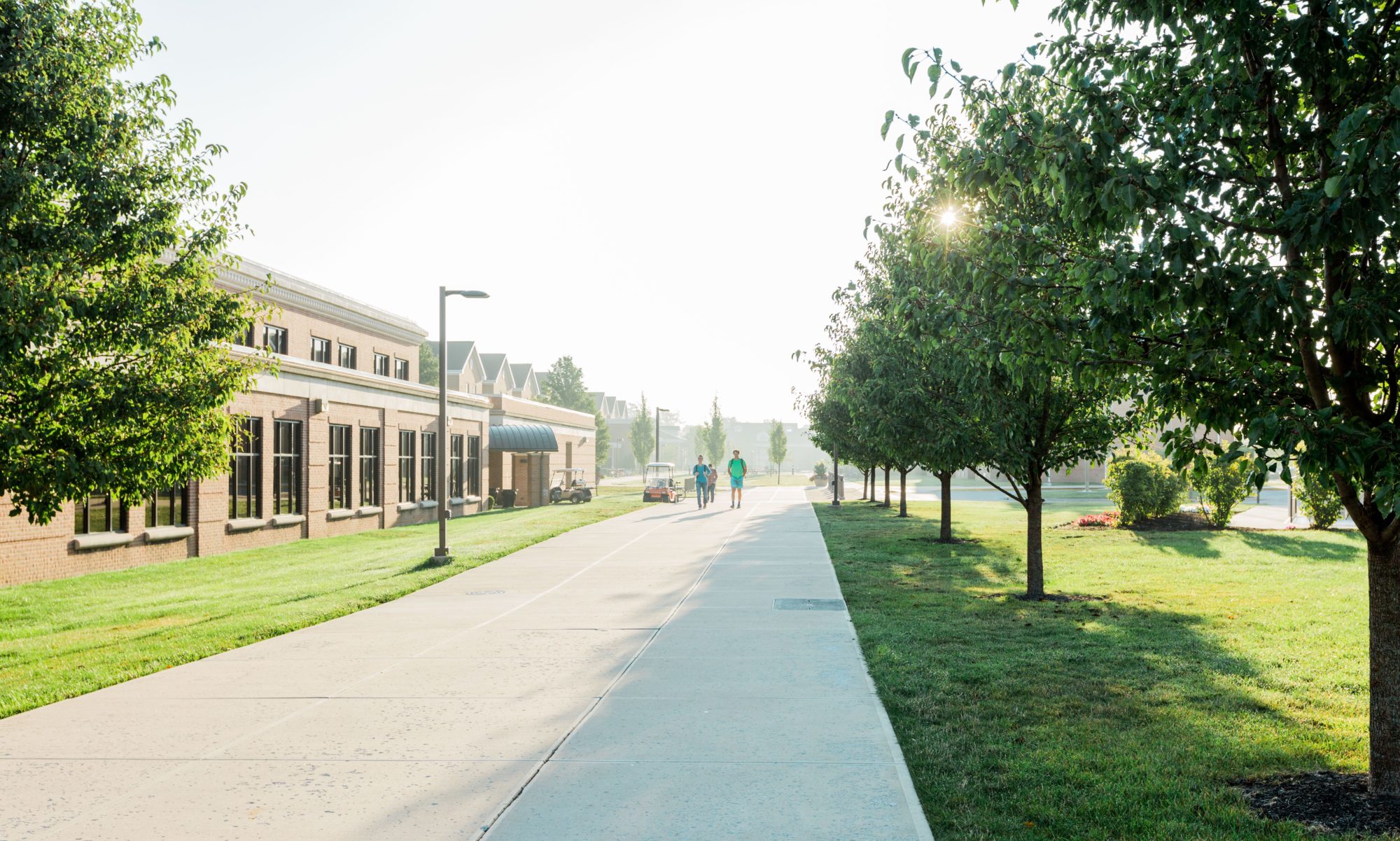IWU: ‘We must not be an island’
While neighbors worry about construction, school’s president says plans must consider effects on area surrounding campus A blueprint for expansion Mixed emotions
|
Cranes and steel beams are competing for sky space amongst the spires, bell towers and roofs of Life on the ground also changed this summer for the university community, its neighbors and anyone who drives in south
While some neighbors are untroubled by the changes, others are concerned about disruptions from construction vehicles, changes in their driving patterns and how future growth will affect their homes. “It just seems like since the college has been growing, they’ve become less of a community-friendly campus,” said Jim Heasley, precinct committeeman for Center Township 17 and president of the College Park Neighborhood Association. Although many residents were upset by how the Nebraska Street proposal was communicated to the community, Henry Smith, who will be inaugurated this fall as part of his first year as university president, said the university wants to be a good neighbor as it looks to finish a flurry of construction next year and considers where – or if – future growth can be accommodated. “We must not be an island,” he said. “We must not be an Ivory Tower. We really want to be good neighbors. To a certain degree, we just have to do our best and reach out and not let some arrows strike too hard at your heart.” When university officials began to plan for future growth, they considered how large the main IWU campus should be and enlisted a master planner to create a blueprint for that expansion. “At that time, the The master plan delivered in February 2005 considers scenarios with enrollment increasing to 3,200, 4,200 and 6,200 students and emphasizes flexibility, gradual growth and the establishment of a symbolic identity that reflects IWU’s main missions and goals. “You need experts to come and advise you; that’s why we turned to the master planner,” Smith said. “We talked about green space, where your parking will be, where your student life should be, and we’re following that plan … . We’re taking the plan and working on the plan, we’ve already made some slight modifications. But the heart of the plan, that’s pretty well defined.” The plans included filling the housing, recreational, dining and other needs of additional students, Smith said. That’s why the initial growth focused on the newly reopened “We assessed the need,” Smith said. “And certainly the places where students sleep, eat, interact, recreate, these are all important.” The university already owns most of the land it will need to grow the way it needs too, Smith said. “I think there are still some pieces of property near the university that over the years we may want, but we’ve pretty much defined our borders for the most part,” he said. “It really depends on how we grow.” “Who’s to say in 10 years if we grow to 6,000 students?” he continued. “It’s hard to be nailed down on that.” Smith said the university is often accused of buying and tearing down homes in the area and taking the property tax money off the rolls. But he said what the university gives back, including investment in the community by new faculty and staff who move to the area and buy homes, is worth more than what is lost. “If 200 more students come, think what that will do to Wal-Mart, to the fast food restaurants, and think about all the faculty that come here to buy homes,” he said. “There are lots of numbers that have shown we have an economic impact in the city, and we really do.” Heasly, also an IWU graduate, lives on “Our street itself was just put in, resurfaced, and they went down real deep, and now here in the last year and a half it’s starting to break down again,” he said. “All of the dust coated the sides of the homes, and on the windowsills, you see the corners are just laden with dirt. It’s not so bad when you put in one new building, that’s something you’re going to have to deal with. But this has been going on for four years because there’s just always something going in back there.” Most evenings, James Cox and his wife sit on the side porch of their home on “See were that trailer is sitting right there?” Cox said, pointing toward the site. “My home was right there. There were three houses there.” The Coxes moved after their landlord sold the home to the university. Although he doesn’t like the dust that accumulates on his car, James Cox said IWU’s growth isn’t a big concern. “Usually they don’t bother me,” he said. “I just go right about my business.” Originally published September 5, 2006 (SOURCE: Chronicle Tribune, |

